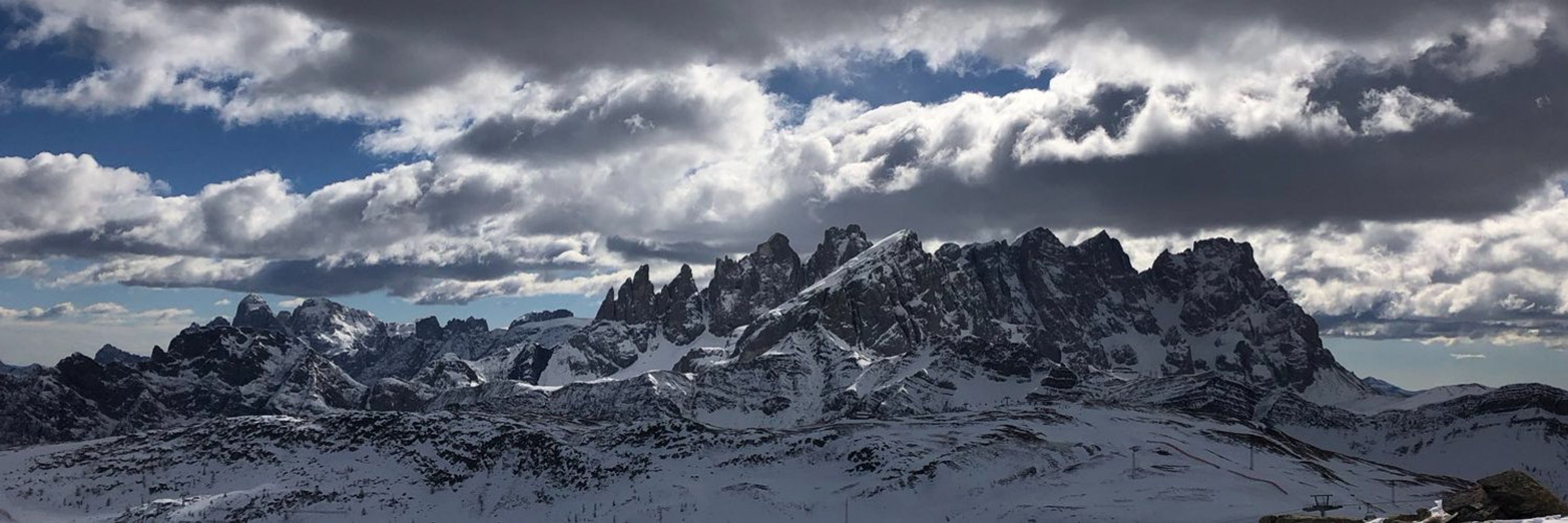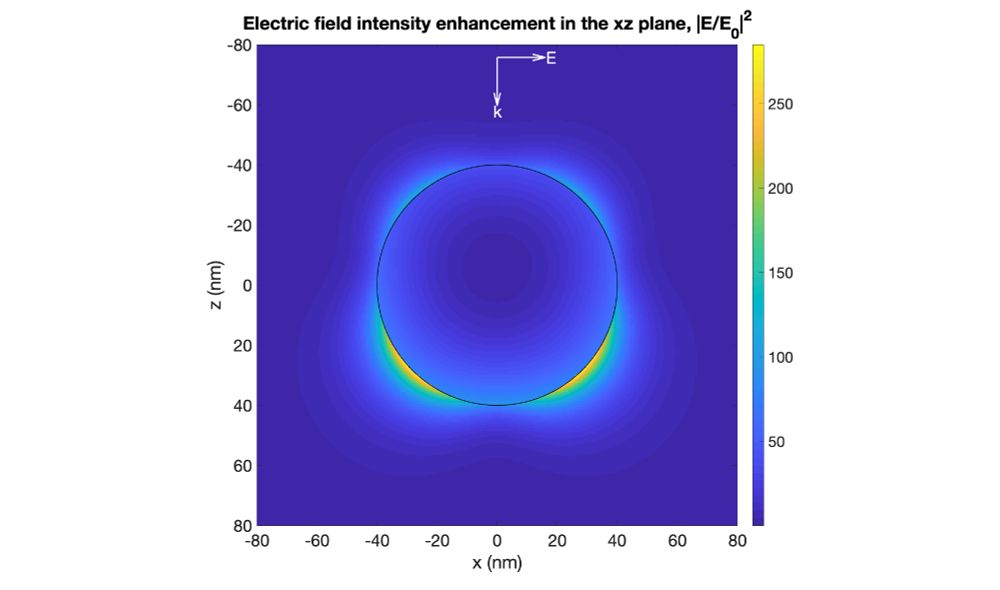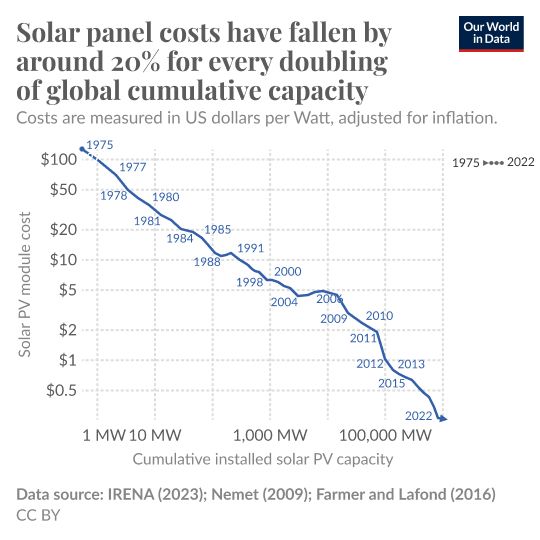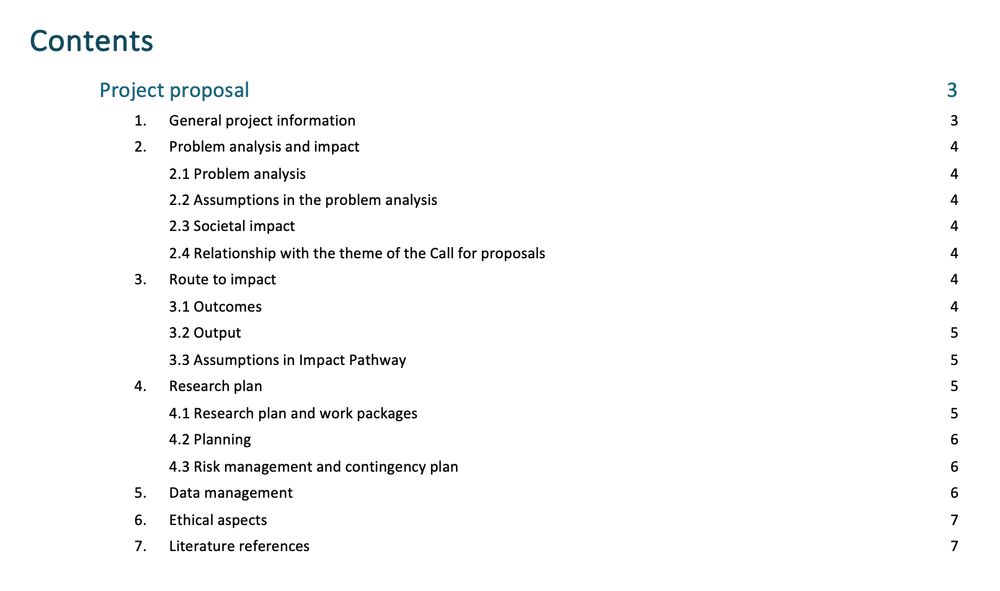
Andrea Baldi
@andreabaldi.bsky.social
Associate professor of physics at VU Amsterdam, 🇮🇹 immigrant in 🇳🇱, nanomaterials, nanophotonics, plasmonics, diversity, open science, he/him
I am thrilled to announce that my #NWO #Vici pre-proposal was NOT selected and I won't have to spend my Summer writing the full-proposal by September 9 🎉

a man wearing glasses and a brown suit is sitting on a couch and making a funny face .
ALT: a man wearing glasses and a brown suit is sitting on a couch and making a funny face .
media.tenor.com
June 3, 2025 at 12:29 PM
New Matlab code to calculate scattered and internal fields for a 3D spherical particle using Mie theory:
github.com/andrea-baldi...
Might be useful for people working in #plasmonics and #nanophotonics, and one can make pretty figures like this 😍.
github.com/andrea-baldi...
Might be useful for people working in #plasmonics and #nanophotonics, and one can make pretty figures like this 😍.

May 3, 2025 at 7:34 AM
New Matlab code to calculate scattered and internal fields for a 3D spherical particle using Mie theory:
github.com/andrea-baldi...
Might be useful for people working in #plasmonics and #nanophotonics, and one can make pretty figures like this 😍.
github.com/andrea-baldi...
Might be useful for people working in #plasmonics and #nanophotonics, and one can make pretty figures like this 😍.
Reposted by Andrea Baldi
Regaining confidence in Europe
Europe has the means to definitively surpass the US in terms of transport, climate, training and productivity, as it already did for health. This is the only civilisational competition that matters.
www.lemonde.fr/blog/piketty...
Europe has the means to definitively surpass the US in terms of transport, climate, training and productivity, as it already did for health. This is the only civilisational competition that matters.
www.lemonde.fr/blog/piketty...
Regaining confidence in Europe
In the face of the Trumpian onslaught, Europe urgently needs to regain its self-confidence and propose a different development model to its citizens and the world. To achieve this, it must start by ov...
www.lemonde.fr
March 18, 2025 at 9:15 AM
Regaining confidence in Europe
Europe has the means to definitively surpass the US in terms of transport, climate, training and productivity, as it already did for health. This is the only civilisational competition that matters.
www.lemonde.fr/blog/piketty...
Europe has the means to definitively surpass the US in terms of transport, climate, training and productivity, as it already did for health. This is the only civilisational competition that matters.
www.lemonde.fr/blog/piketty...
Reposted by Andrea Baldi
I am very happy of being involved in this collaboration between Andrea and Quynh @vuamsterdam.bsky.social and us at #PoliMi! Can't wait to so some nonlinear optical measurements 🔬🔩💡 with these beautiful new #nanoparticles ⚗️
New paper out! We coated #plasmonic #nanoparticles with an epsilon-near-zero #enz “coat” of Al-doped ZnO, tunable in size, thickness, and doping!
Kudos to Quynh Nguyen for her amazing work!
If you love nanomaterials synthesis, plasmonics, and non-linear optics, check here: doi.org/10.1039/D4TC...
Kudos to Quynh Nguyen for her amazing work!
If you love nanomaterials synthesis, plasmonics, and non-linear optics, check here: doi.org/10.1039/D4TC...
Tailoring core size, shell thickness, and aluminium doping of Au@ZnO core@shell nanoparticles
Plasmonic materials, such as gold nanoparticles (AuNPs), exhibit significant extinction and near-field enhancement across the visible and near-infrared spectrum, attributable to localized surface plas...
doi.org
March 21, 2025 at 1:47 PM
I am very happy of being involved in this collaboration between Andrea and Quynh @vuamsterdam.bsky.social and us at #PoliMi! Can't wait to so some nonlinear optical measurements 🔬🔩💡 with these beautiful new #nanoparticles ⚗️
New paper out! We coated #plasmonic #nanoparticles with an epsilon-near-zero #enz “coat” of Al-doped ZnO, tunable in size, thickness, and doping!
Kudos to Quynh Nguyen for her amazing work!
If you love nanomaterials synthesis, plasmonics, and non-linear optics, check here: doi.org/10.1039/D4TC...
Kudos to Quynh Nguyen for her amazing work!
If you love nanomaterials synthesis, plasmonics, and non-linear optics, check here: doi.org/10.1039/D4TC...
Tailoring core size, shell thickness, and aluminium doping of Au@ZnO core@shell nanoparticles
Plasmonic materials, such as gold nanoparticles (AuNPs), exhibit significant extinction and near-field enhancement across the visible and near-infrared spectrum, attributable to localized surface plas...
doi.org
March 14, 2025 at 2:50 PM
New paper out! We coated #plasmonic #nanoparticles with an epsilon-near-zero #enz “coat” of Al-doped ZnO, tunable in size, thickness, and doping!
Kudos to Quynh Nguyen for her amazing work!
If you love nanomaterials synthesis, plasmonics, and non-linear optics, check here: doi.org/10.1039/D4TC...
Kudos to Quynh Nguyen for her amazing work!
If you love nanomaterials synthesis, plasmonics, and non-linear optics, check here: doi.org/10.1039/D4TC...
Thermal effects are critically important in #plasmonic #photocatalysis. In this collaboration with our colleagues in Valencia, Sven Askes shows the power of numerical simulations in predicting photothermal effects in nanocatalysts.
pubs.acs.org/doi/10.1021/...
pubs.acs.org/doi/10.1021/...

Solving the Conundrum of the Influence of Irradiation Power on Photothermal CO2 Hydrogenation
Solar photocatalysis appears as a viable approach for the production of value-added chemicals from CO2. However, up to now, there is no information on the influence of the light intensity on the product distribution of CO2 hydrogenation and the modeling of the actual local temperature at the catalytic sites for typical nanoparticulate photocatalysts. Herein, it is shown that for a photothermal catalyst containing a high density of homogeneously distributed Ru nanoparticles, the collective heating prevails, resulting in a homogeneous temperature distribution in the material that should be relatively close to that of the support and that can be measured macroscopically. Moreover, light intensity has a clear influence on product distribution due to the differences in the local temperature, and therefore, attention should be paid to stable operating conditions, temperature, and CO2 conversion that can result in remarkable differences in product selectivity for the same catalyst as a function of light intensity.
pubs.acs.org
February 19, 2025 at 11:13 AM
Thermal effects are critically important in #plasmonic #photocatalysis. In this collaboration with our colleagues in Valencia, Sven Askes shows the power of numerical simulations in predicting photothermal effects in nanocatalysts.
pubs.acs.org/doi/10.1021/...
pubs.acs.org/doi/10.1021/...
As scientists, we often feel both responsible and powerless when tackling climate change. But science alone won’t solve it. Since 1975, PV efficiency has "only" doubled, yet prices plummeted and installed capacity soared. Policies and financial markets matter just as much as scientific innovation.

February 13, 2025 at 10:27 AM
As scientists, we often feel both responsible and powerless when tackling climate change. But science alone won’t solve it. Since 1975, PV efficiency has "only" doubled, yet prices plummeted and installed capacity soared. Policies and financial markets matter just as much as scientific innovation.


